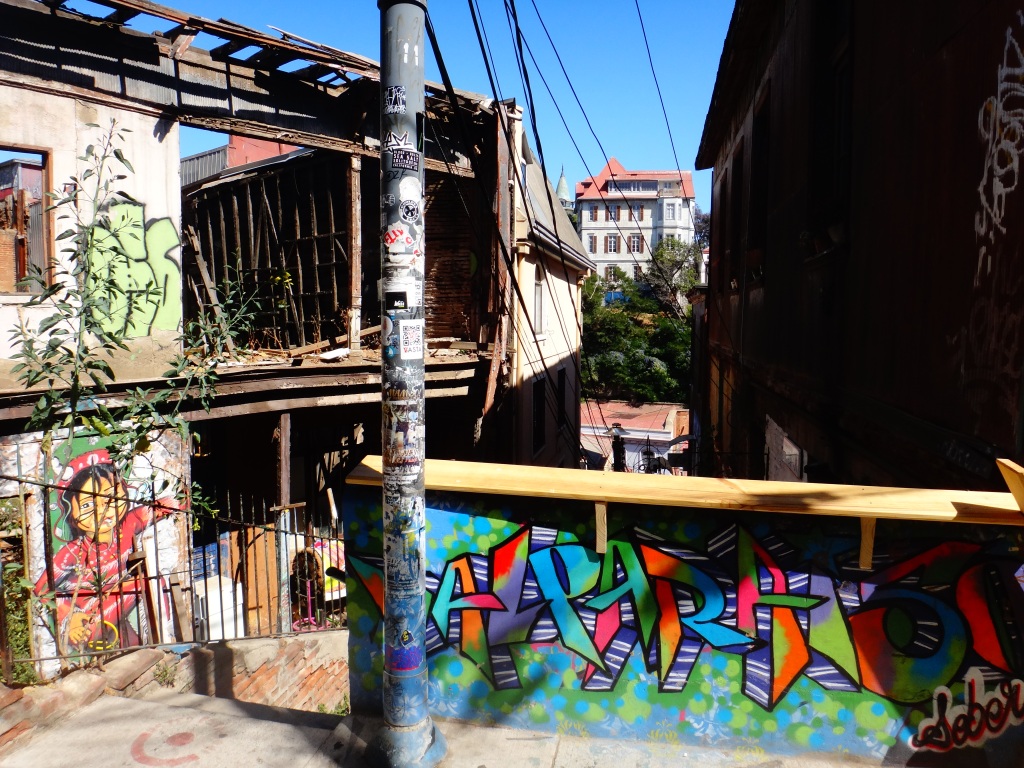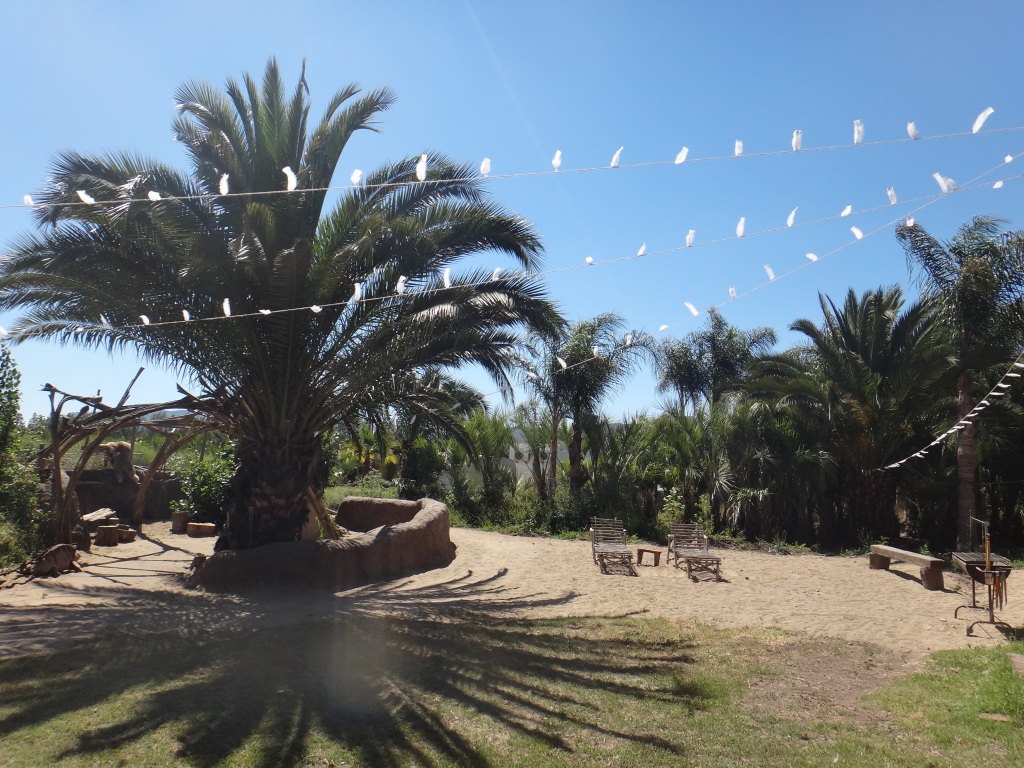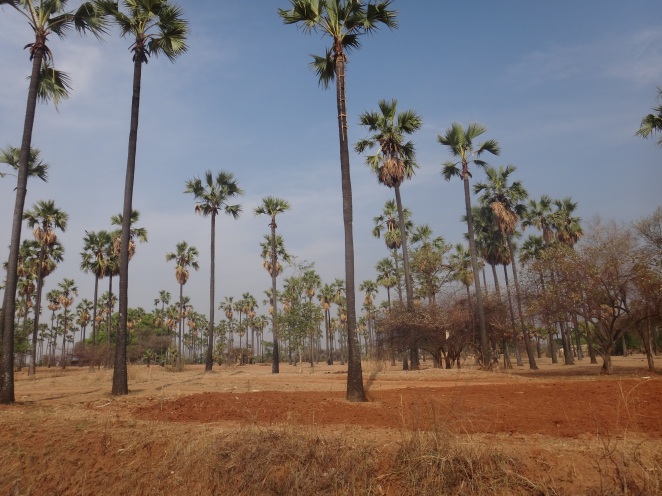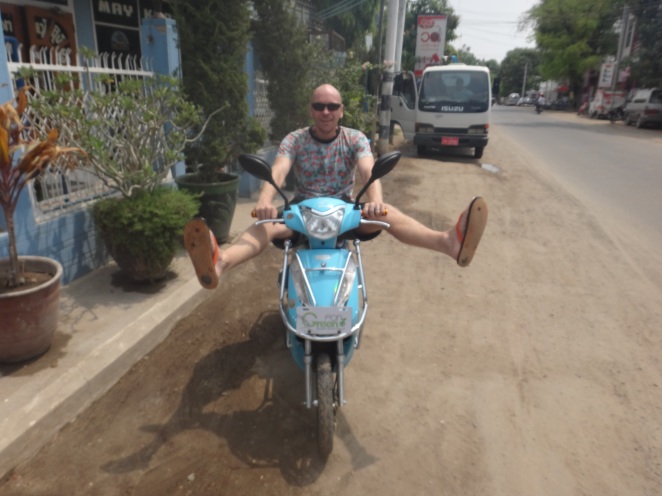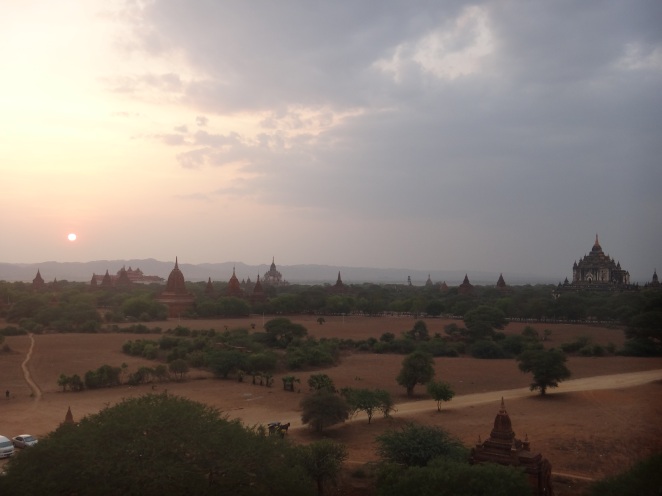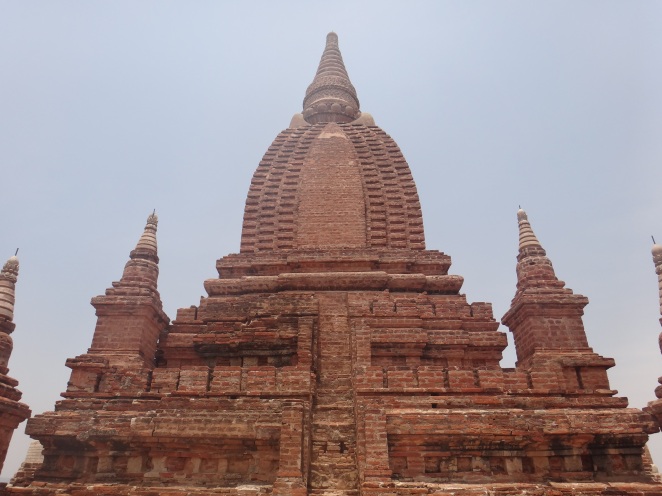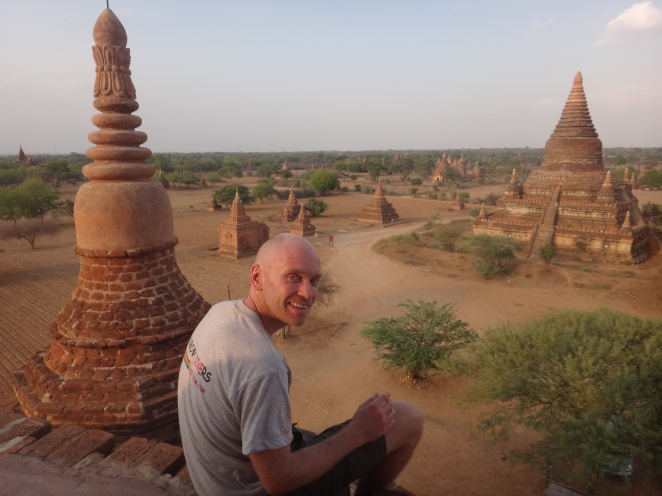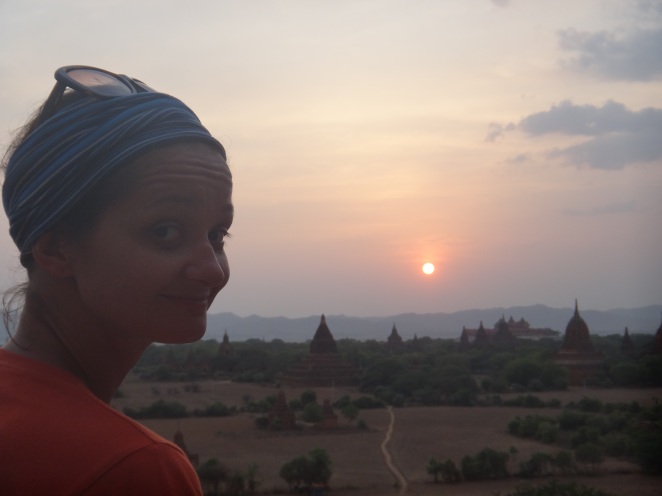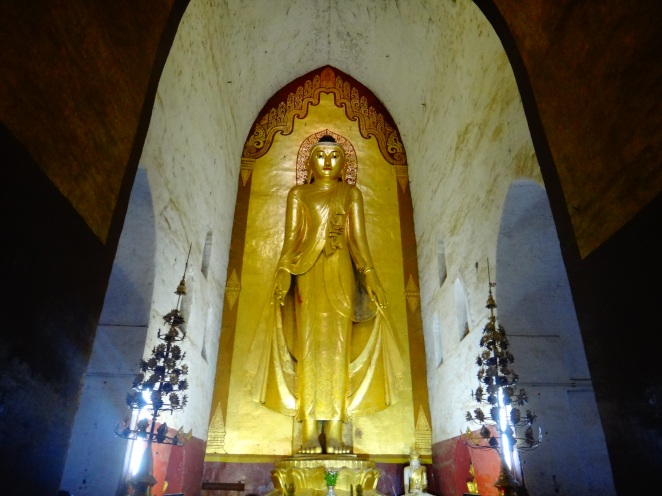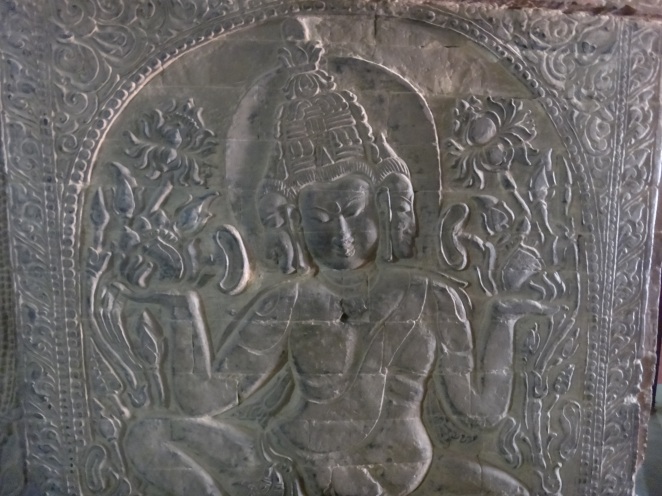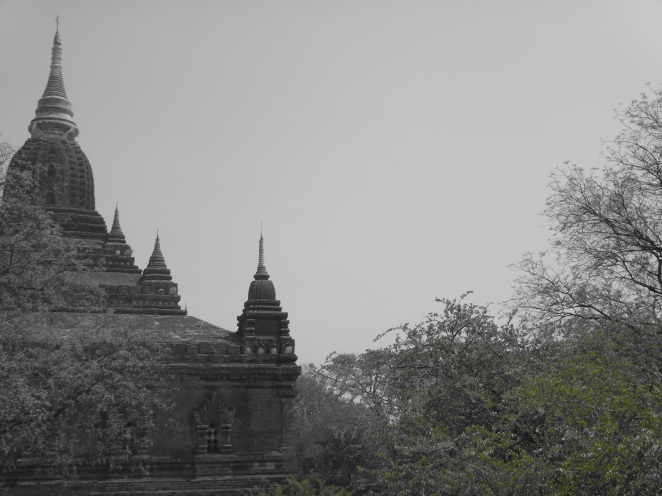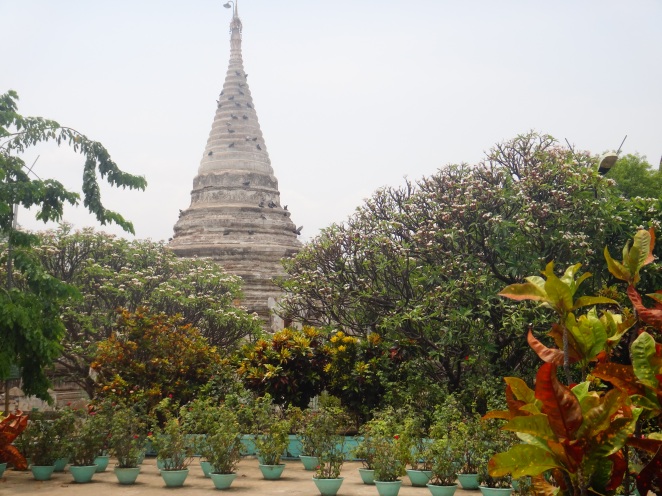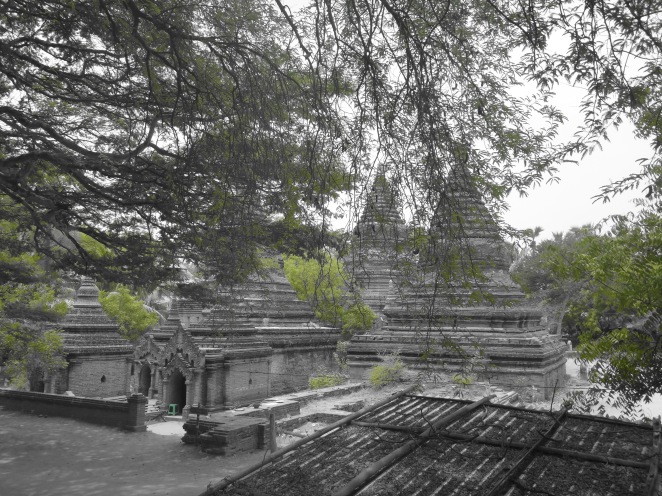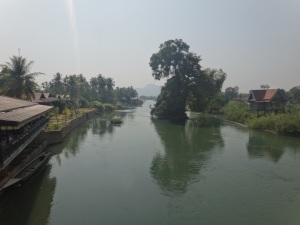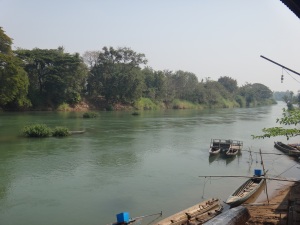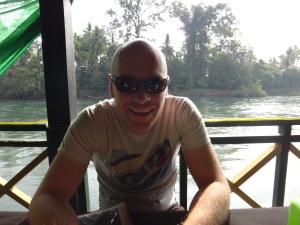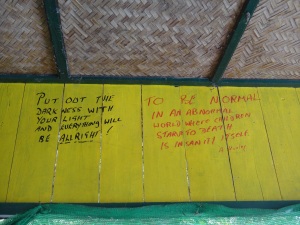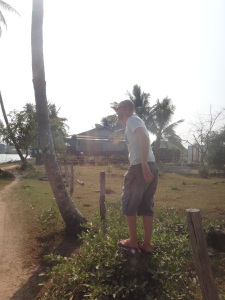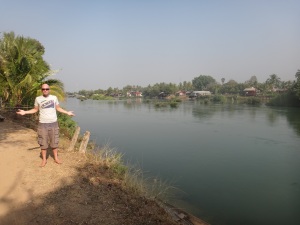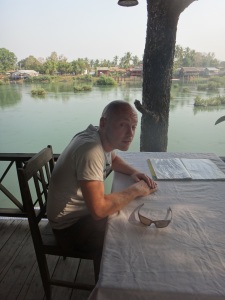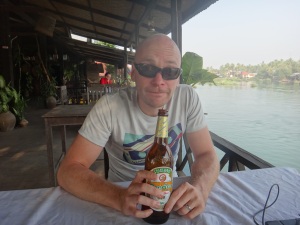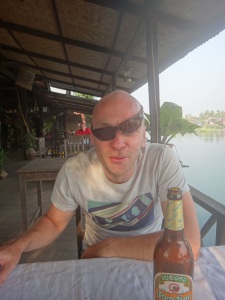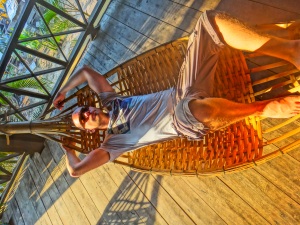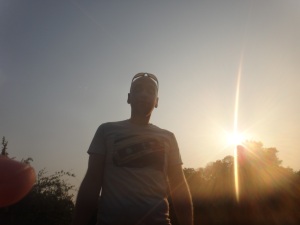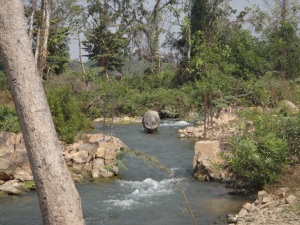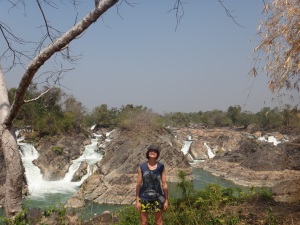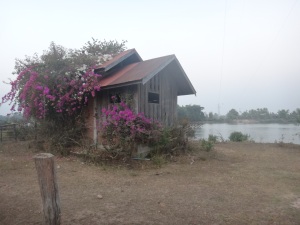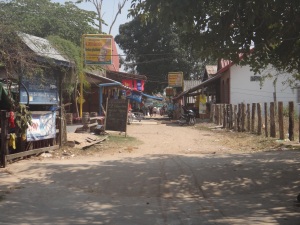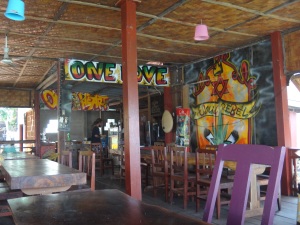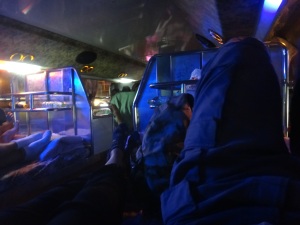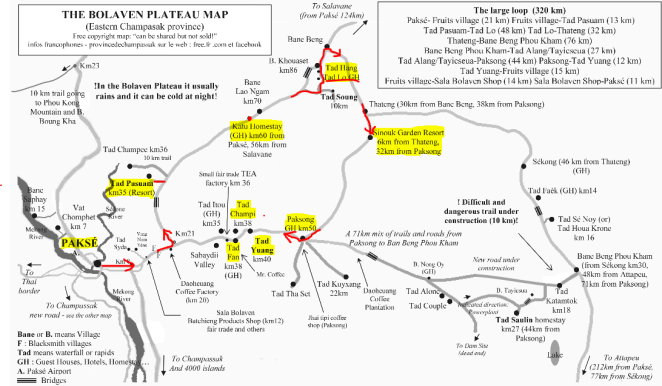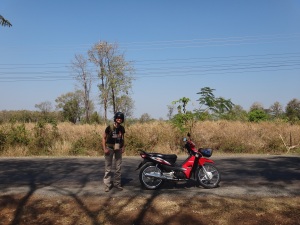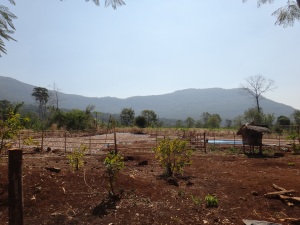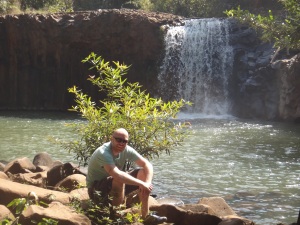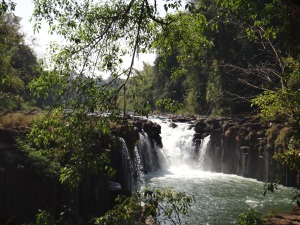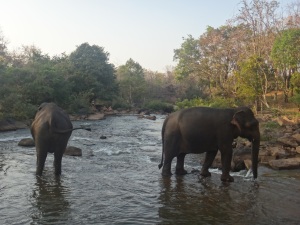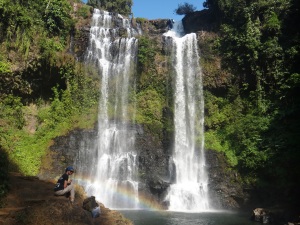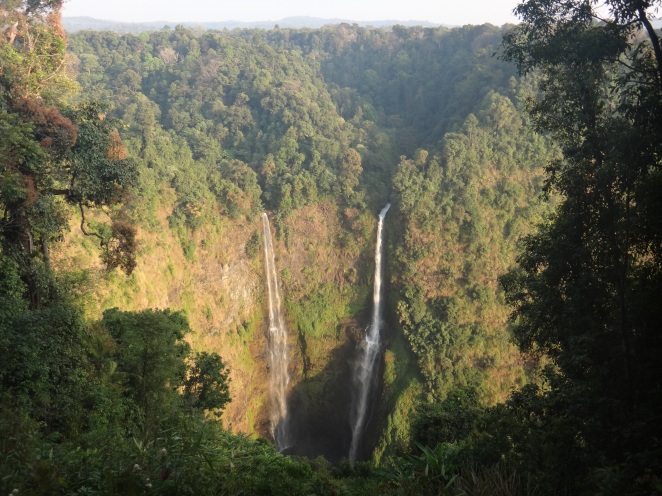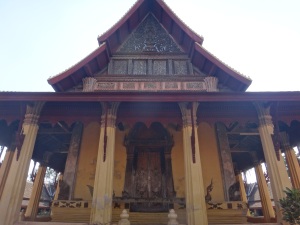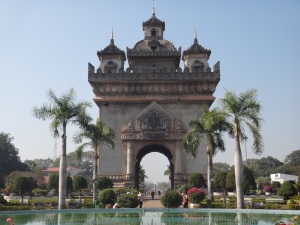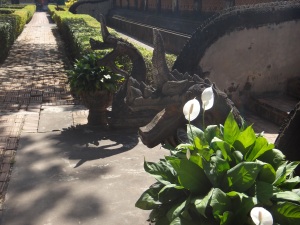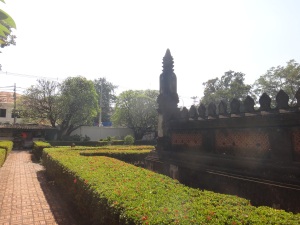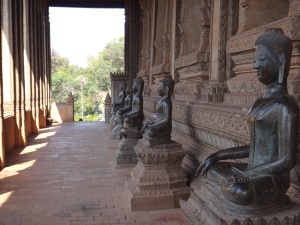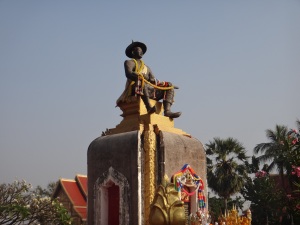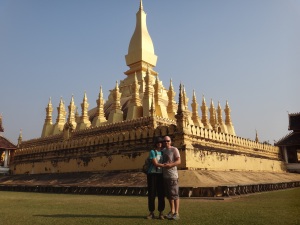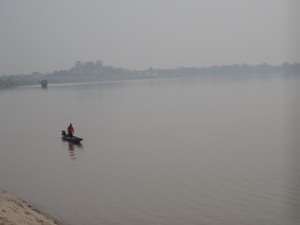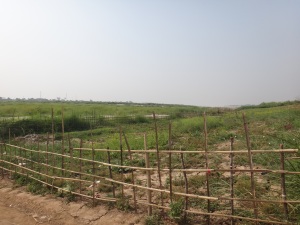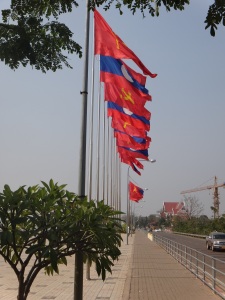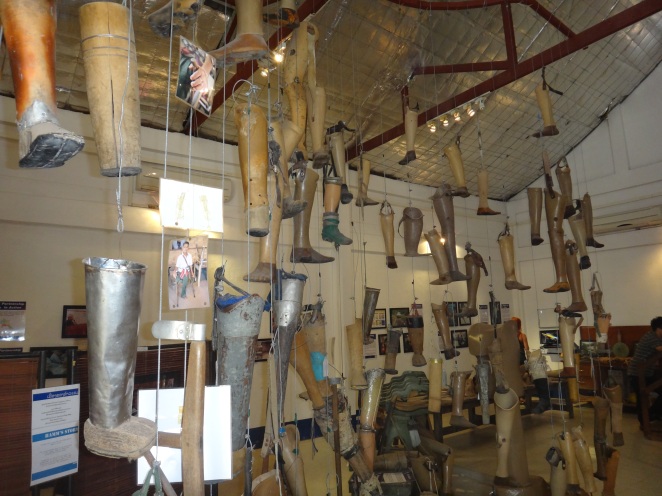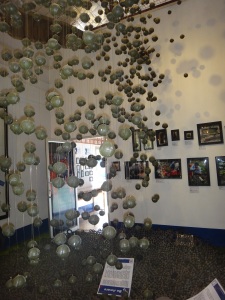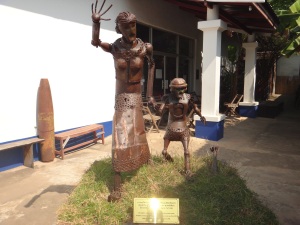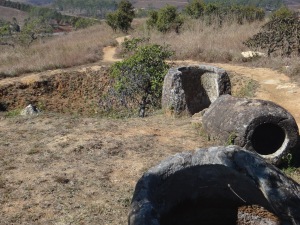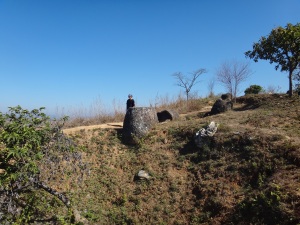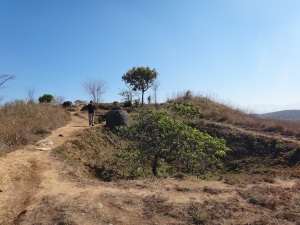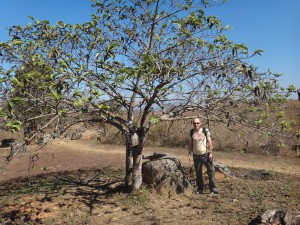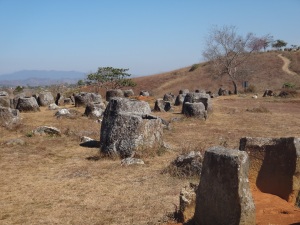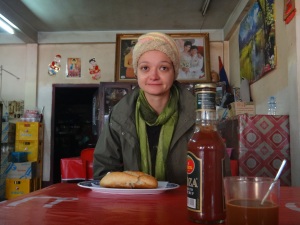Having spent a few days in Valparaiso, and with a couple of weeks teaching for the English Opens Doors program approaching, we decided to get some much needed coastal time under our belts. Over the entirety of our travels, the surprising thing is that we haven’t seen more of the sea-so we headed to the Chilean coast and El Quisco. Most famous for being home to another one of Pablo Neruda’s haunts, Isla Negra, El Quisco proved to be the perfect tonic to the concrete jungle that is Valpo, a few stunning sunsets perfect to massage the soul and move us forward to our next volunteer placement. Aimless meandering up and down the stunning coastline certainly didn’t disappoint, and we even managed to happen across a Pablo Neruda artistic reserve on the cliff tops-the kind of place that you would never find if you were actively looking for it! Walking around this hidden gem you find a number of sculptures hidden amongst the foliage, most impressive were the eerie stone faces that look over the shores, listening to the waves crashing on the rocks far below-it’s easy to understand how an artist would use this place as a source of inspiration:
Stunning scenery, great seafood, a perfect little cabana just 5 minutes walk from the beach-you couldn’t really ask for much more-apart for time! Alas that wasn’t something that we could afford ourselves, and in the blink of an eye our lazy couple of days were over, and we were headed back to Santiago once again-over the following two weeks we would be teaching assistants for the English Opens Doors Summer Camps. Nothing too taxing, we would be working with Chilean teachers delivering a number of activities for students who had enrolled in a free summer English language program- they’re run over the whole of Chile, so deep down we were both kind of hoping to be sent to Patagonia, alas that was not to be. For my first week I was placed in Los Angeles (Chile, not California!), and Jo in Concepcion-then for the second week we were both back in Santiago. With little spare time to explore the respective cities there’s not a lot I can tell you about the districts; as for the camps themselves-we got to work with some great people in an extremely positive and enthusiastic summer camp environment-so more great teaching experiences under our belts. The only negative being that we had to comprise a lip dub to Justin Bieber’s Sorry, which still haunts my dreams now…If I never hear that song again it will be too soon!
Having loitered in the central region of Chile for long enough, we now had some time to be tourists for a while, and from the recommendations of many, we were headed North to San Pedro, before making our way into Peru. San Pedro is the gateway from which to explore the Atacama Desert, something that neither Jo or I had considered before our trip to South America-but it is thought to be the oldest desert on earth, the oldest continuously dry region on the planet, (it has experienced extreme hyper aridity for at least 3 million years!) and is the home of the other worldly terrain of the Chilean Valle de la Luna. Not surprisingly at one point NASA tested their Mars landing equipment there and looked for signs of life in the earth of the desert-finding none …..You could say that this place is barren!
First we had to get there though, and it turned out to be ‘one of those journeys’. I feel like I haven’t had a proper travel moan for ages, this trip certainly gave me fodder for a paddy of epic proportions. It was simple enough in theory-there was a direct bus from Santiago to San Pedro. It was a night bus so we would get some form of faux chair/bed, hop on, fall asleep, arrive in San Pedro-easy! Alas that wasn’t to be the case in this instance. The chain of events that followed can’t really be explained properly as no one explained anything to us during the whole journey! What I can tell you is that our simple one bus journey evolved into a mammoth four bus marathon! First up our bus just stopped at one station and was there for what seemed like an age, there appeared to be some problem with the door-so we had to wait until a mechanic could come and fix it. Fast forward an hour and a half and we were set to recommence our journey, off we go again all happy and relieved that things were sorted. At some point during my broken slumber we shuddered to a halt and informed that we would now be changing buses, on some random street at an ungodly hour in the morning. Ok, so a grumble and a little bit of a moan, but the other bus was there so we quickly changed and got ourselves comfortable again….For about ten minutes, when the new bus pulled into another bus station and kicked us off! We were simply told that we would need to catch another bus to San Pedro-as our bus was now out of service! With our extremely limited Spanish, and the help of a fellow traveller, it looked like we would have to wait at this bus station for three hours for the next bus to San Pedro, or take another two buses which would get us there sooner-so we opted for the latter, adding an unwelcome 4 hours onto the total journey time. Eventually we made it-30 hours later-but for sure my patience with people when I’m tired and travelling is limited, and it hasn’t gotten any better over the last year and a half!
Having finally arrived during the dark of night, we managed to get a taxi (a random 4X4) to take us out to our ‘desert base’ and soon we settled into our tent excited about what San Pedro had to offer; yes, that’s right, we were going to be braving some camping in the desert. The Atacama is also home to the imaginatively named Very Large Telescope (VLT), for the very reason that there is nowhere better on the planet to look at the midnight skies. Unfortunately my camera isn’t up to the job of demonstrating the displays of stars that we were treated to each night, so you’ll have to take my word for it-it was spectacular, and as we were camping outside of the town where there is zero light pollution-we were treated to a wondrous show each night.
When we actually managed to get into San Pedro the next day we discovered the town itself to be quite the tourist haven, with dusty ‘Mad Max’ type streets and adobe buildings-you really feel as if you are experiencing a time gone by-all be it truth be told I think that nowadays it purely exists as a tourist destination. That doesn’t take anything away from being there though, it really is a funky little town.
Like everyone else arriving in San Pedro, you walk around a few tourist shops, have some food, and then set about organising your activities for the next couple of days-there are loads of tour agencies doing various excursions, from sand boarding and quad biking, to nightly stargazing walks. Our focus was on a visit to the unique Valle de la Luna, and to go and visit the nearby geysers. After exploring a few options with the local travel companies you soon work out that they’re all very similar and you just need to negotiate yourself the best deal. Having gotten what we thought was a great deal, the next day we were on our way to explore the moon like landscape that the desert presents-quite simply it was absolutely gorgeous, a myriad of colours and surreal rock formations melting and pouring into each other-it was a little like being in a lava lamp:
The entire day was breath-taking, the only downside being that our tour guide quite simply didn’t speak any English-it ended up being quite comical and forced us to try to use what little Spanish we had acquired to decipher the general gist of his tour. After a full day in the desert, the evening held nothing more than a beer or two and early to bed in the sweltering pod of heat that was our tent-but not for long, for at 4.00AM we would be getting picked up for the following days visit to the geysers. Now, for what happened next I blame on tiredness, although others may point to stupidity, I’ll leave it up to you to decide. As is the very nature of the Atacama, it’s hot….Really hot. So, 4 AM one morning getting ready to go and visit some geysers, where we have been told there are hot springs, Jo and I promptly dressed some nice lightweight shorts and t-shirts. It didn’t really occur to us that we would be going to 5,300m above sea level at the crack of dawn, and at that time, at that height, it may be just a little bit Chile (pun intended!!). It didn’t really sink in until we were surrounded by people on our minibus dressed for winter, looking at us as if we were crazy fools-and as such we arrived at the geysers to the amusement of many….Little freezing gringo couple-how funny! Anyway, aside from that the geysers were, again, spectacular, other worldly, wonderful….I run out of original superlatives so forgive me for repeating myself! The amusing thing is that unlike the UK there is no real health and safety, merely the casual observation:
if you see a hole in the ground, try not to stand on it….
Arid desert, bubbling volcanic pools and hot springs, but still San Pedro wasn’t quite finished-to complete our stay we grabbed some mountain bikes to go and explore Pukara de Quitor, a pre-Columbian stone fortress overlooking the San Pedro river. With Machu Picchu looming in our futures it was a great introduction to the wonders that lay ahead. The ruins date back to the 12th century, and were built initially as a defence against internal threats from neighbouring villages and communities-upon the Spanish invasion they took on a more significant role in the defence from these foreign invaders. It was to no avail though, as signified by two huge stone heads, carved into the rock in memory of the Pukará de Quitor leaders beheaded by the Spanish when they sacked the town in 1540. A few hours walk in the sweltering heat would stand us in good stead for future excursions, and obviously provided some more camera fodder!
And so it was that we prepared to leave Chile for Peru, with a feeling of a fair amount of unfinished business-as with Argentina, we have barely scratched the surface!




















